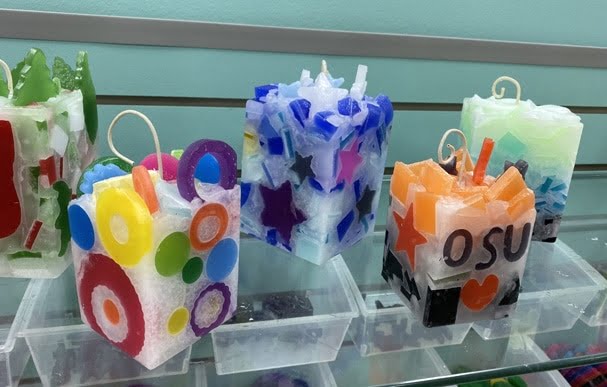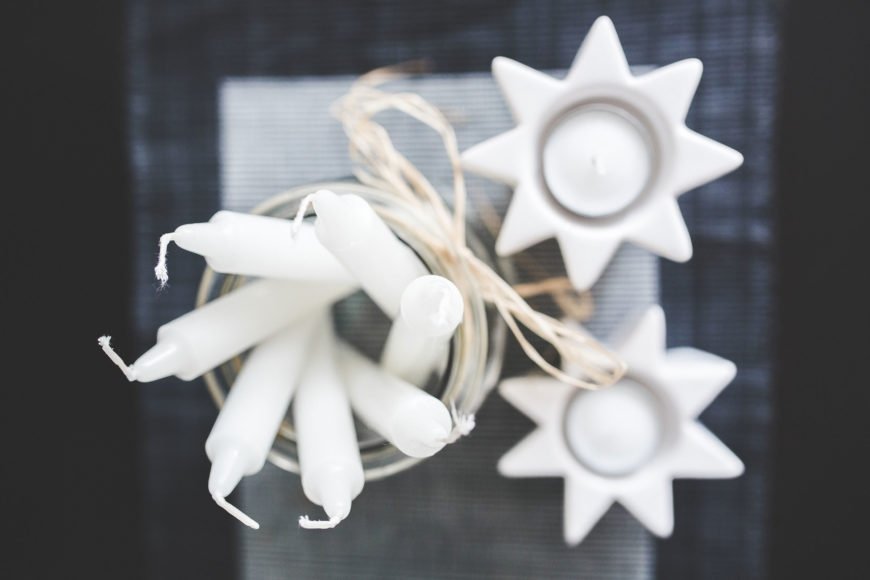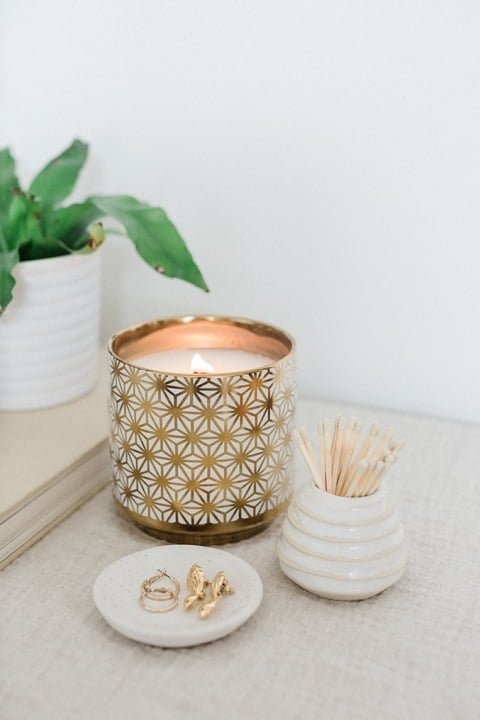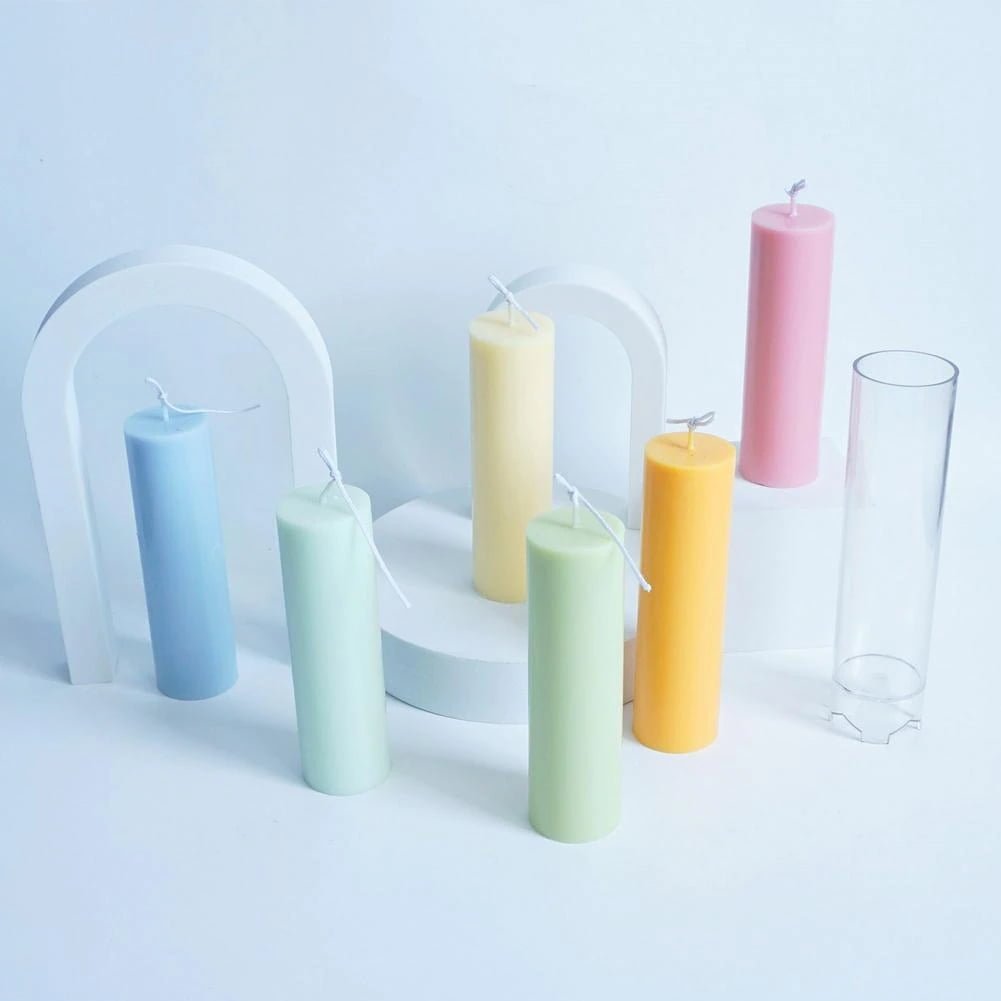Cotton wicks for candle making have been a staple in the craft for centuries, offering a natural and dependable material for creating beautiful and functional candles. In this article, we will delve into the fundamentals of cotton wicks, exploring their history, significance, and various types used in candle making. Understanding the basics of cotton wicks is crucial for achieving optimal results in your candle making endeavors.
When it comes to creating candles, cotton wicks are highly favored for their reliability and performance. We will explore the different types of cotton wicks available and their specific uses in candle making, as well as highlight why they are preferred over alternative materials. Additionally, we’ll discuss how the history of cotton wicks in candle making has shaped their significance in the craft.
Furthermore, this section will cover important factors to consider when selecting a cotton wick for your candle creation. From understanding how wick size and diameter impact burning to testing and determining the right cotton wick for your specific needs, we will provide valuable insights to help you choose the perfect cotton wick for your candles.
Choosing the Right Cotton Wick for Your Candle
When it comes to candle making, choosing the right wick is essential for ensuring optimal burning performance and overall candle quality. Cotton wicks are a popular choice among candle makers due to their natural properties and ability to provide a clean and steady burn. However, selecting the right cotton wick for your specific candle making needs requires careful consideration of various factors.
One important factor to consider when choosing a cotton wick is the size and diameter. The size of the wick determines how much fuel the wick can deliver to the flame, while the diameter influences how the wax will be consumed during burning. Different candle sizes and types require different wick sizes to achieve an even burn and prevent issues such as tunneling or excessive smoking.
To determine the right cotton wick for your candles, it’s essential to conduct testing. This involves burning sample candles with different wick sizes to observe how they perform in terms of flame height, wax consumption, and overall burning characteristics. Through this process, you can identify the most suitable cotton wick that meets your specific requirements for burn quality and duration.
In addition to size and testing, other factors such as wax type, fragrance load, and dye content also play a role in determining the appropriate cotton wick for your candles. Understanding how these variables interact with different wick options is crucial for achieving consistent and desirable burning results in your candle making endeavors. By carefully considering these factors, you can effectively choose the right cotton wicks that enhance the performance and appeal of your handmade candles.
| Factors to Consider When Choosing a Cotton Wick | Testing Methods for Determining Wick Size |
|---|---|
| Wax type | Burning sample candles with different wick sizes |
| Fragrance load | Observing flame height, wax consumption, and burning characteristics |
| Dye content | Identifying suitable cotton wicks for specific candle making needs |
Benefits of Using Cotton Wicks in Candle Making
Cotton wicks are widely considered the optimal choice for candle making due to their numerous benefits and qualities. Here are some of the key advantages of using cotton wicks in candle making:
- Clean Burning: One of the main benefits of using cotton wicks is their clean burning properties. Unlike synthetic wicks, cotton wicks do not release harmful chemicals or toxins when burned. This makes them a safer and healthier option for both candle makers and consumers.
- Consistent Flame: Cotton wicks are known for producing a steady and consistent flame, which is essential for an even and efficient burn. This helps to create a more uniform melt pool in the wax, resulting in a longer-lasting candle with better scent throw.
- Environmentally Friendly: Cotton wicks are biodegradable and sustainable, making them an eco-friendly choice for environmentally conscious candle makers. By using cotton wicks, you can reduce the environmental impact of your candle production and contribute to a more sustainable industry overall.
In addition to these benefits, cotton wicks also offer versatility in terms of their application in different types of candles. Whether you’re making container candles, pillars, votives, or tapers, cotton wicks can be tailored to suit various candle designs and requirements. Ultimately, the use of cotton wicks can elevate the overall quality and performance of your candles while aligning with ethical and environmental considerations.
By understanding the advantages of utilizing cotton wicks, it becomes clear why they have become the preferred choice for many candle makers. Their positive impact on both the quality of candles produced and their environmental implications make them a valuable component in the art and science of candle making.
Common Mistakes to Avoid When Using Cotton Wicks
When it comes to using cotton wicks for candle making, it’s important to be aware of potential mistakes that could affect the quality and performance of your candles. By understanding these common missteps and knowing how to avoid them, you can ensure that your candles burn properly and provide a satisfying experience for users.
To help you navigate the pitfalls of using cotton wicks in candle making, here are some common mistakes to avoid:
- Choosing the wrong wick size: Selecting the correct wick size is crucial for achieving optimal burning performance in your candles. Using a wick that is too small can result in tunneling, where the candle burns straight down instead of melting the entire surface. On the other hand, using a wick that is too large may cause excessive smoking and soot buildup.
- Ignoring fragrance load: If you’re incorporating fragrance oils into your candle making process, it’s important to consider how this may impact the performance of your cotton wicks. Certain fragrances can affect how the candle burns, so be mindful of the fragrance load and its compatibility with your chosen cotton wick.
- Improper wick centering: When placing cotton wicks in your candle containers, ensuring that they are centered is essential for even burning. A wick that is off-center can lead to uneven melting and potential safety hazards. Take time to properly position and secure the cotton wick before pouring your wax.
These are just a few examples of common mistakes that can arise when using cotton wicks for candle making. By being mindful of these potential issues and taking proactive steps to avoid them, you can elevate the quality of your candles and enhance the overall experience for those who enjoy them.
Enhancing Candle Making With Cotton Wicks
Cotton wicks are an essential component in the art of candle making, known for their versatility and ability to enhance the overall quality of candles. When it comes to creating beautiful and functional candles, cotton wicks offer a range of benefits that make them a popular choice among candle makers.
One of the main advantages of using cotton wicks for candle making is their clean and efficient burn, which contributes to the overall performance and aesthetic appeal of the finished product.
In addition to their practical advantages, cotton wicks also provide ample opportunities for creativity and innovation in candle designs. Whether you’re crafting traditional pillar candles or experimenting with unique shapes and styles, cotton wicks can be incorporated in various ways to achieve specific aesthetics and functionality. Their natural fibers and sturdy construction make them suitable for different types of candles, allowing for customized creations that showcase the beauty of cotton wicks.
Furthermore, utilizing cotton wicks in candle making can lead to a more sustainable approach to the craft. As environmentally-conscious consumers seek eco-friendly options, candles made with cotton wicks become an attractive choice due to their renewable and biodegradable nature. By harnessing the sustainability of cotton wicks, candle makers can align their practices with ethical considerations while offering high-quality products to customers who prioritize eco-friendly alternatives.
| Advantages of Cotton Wicks | Benefits |
|---|---|
| Cleaner burn | Contributes to overall performance |
| Versatility in designs | Allows for creativity and innovation |
| Sustainability | Renewable and biodegradable nature supports ethical considerations |
Sustainability and Ethical Considerations With Cotton Wicks
Cotton wicks have become a popular choice among environmentally conscious candle makers due to their sustainability and ethical considerations. The use of cotton wicks aligns with the principles of sustainable and eco-friendly candle making, making them an ideal option for those who prioritize ethical sourcing and production practices.
The Eco-Friendly Nature of Cotton Wicks
One of the key benefits of using cotton wicks in candle making is their eco-friendly nature. Cotton is a renewable and biodegradable material, making it a more sustainable option compared to synthetic wicks. Additionally, cotton cultivation generally has a lower environmental impact compared to other materials commonly used for wick production. This makes cotton wicks an appealing choice for candle makers who are mindful of their ecological footprint.
Ethical Sourcing and Production
Candle makers who prioritize ethical considerations in their craft often seek out cotton wicks that are sourced and produced through responsible means. In recent years, there has been increased attention on the fair trade and ethical treatment of workers involved in the production of raw materials such as cotton.
Ethically sourced cotton wicks ensure that the individuals involved in the production process receive fair wages and work under safe conditions. By choosing ethically produced cotton wicks, candle makers can contribute to positive social impact within the supply chain.
Cotton Wicks and Overall Sustainability
The use of cotton wicks contributes to the overall sustainability of the candle industry. By opting for environmentally friendly materials such as cotton, candle makers play a role in reducing the environmental impact associated with traditional candle production.
Furthermore, as consumer demand for sustainable products continues to grow, choosing cotton wicks can enhance the marketability and appeal of candles to eco-conscious customers. Therefore, embracing sustainability and ethical considerations with cotton wick usage in candle making not only benefits the environment but also supports ethical labor practices within the industry.
The Science Behind Cotton Wicks in Candle Making
Physics of Cotton Wicks
Cotton wicks for candle making are not just a simple piece of string; they play a significant role in the physics of how candles burn. When a cotton wick is lit, the heat from the flame melts the surrounding wax.
The liquid wax is drawn up through the fibers of the wick by capillary action, where it vaporizes and combusts to sustain the flame. The size and structure of the cotton wick impact how efficiently this process occurs, affecting the overall burning performance of the candle.
Controlling Flame and Wax Consumption
The design and composition of cotton wicks also influence how candles burn by controlling both the size and stability of the flame, as well as the rate at which wax is consumed. A properly designed cotton wick will create a consistent flame that does not flicker excessively or produce excess soot. Additionally, it will regulate the rate at which wax is pulled up into the flame, ensuring an even and controlled burn for optimal candle performance.
Impact of Cotton Wick Design
The specific construction and material characteristics of cotton wicks have a direct impact on their ability to facilitate efficient burning in candles. Different weaves, treatments, and sizes can result in variations in how effectively a candle burns. Understanding these intricacies allows candle makers to select or create cotton wicks tailored to their desired burning characteristics for various types of candles, whether it be votives, pillars, container candles or taper candles.
Best Practices for Using Cotton Wicks in Candle Making
In conclusion, cotton wicks for candle making offer a multitude of benefits that make them the preferred choice for many candle makers. Their natural and environmentally friendly properties, as well as their ability to enhance the overall quality and performance of candles, make them an ideal option for those looking to create sustainable and high-quality products.
When choosing the right cotton wick for your specific candle making needs, it is important to consider factors such as wick size, diameter, and the type of wax being used. Proper testing and experimentation are crucial in determining the best cotton wick to achieve optimal burning results in different candle types.
To avoid common mistakes when using cotton wicks, proper maintenance and care strategies should be implemented to ensure consistent performance. Additionally, understanding the science behind how cotton wicks work in facilitating the burning process and controlling flame and wax consumption can further enhance the effectiveness of their use in candle making.
Ultimately, by following best practices for using cotton wicks in candle making, harnessing their versatility for different types of candles, and considering sustainability and ethical considerations in their sourcing and production, candle makers can elevate their craft and create exceptional products that resonate with environmentally conscious consumers.
Frequently Asked Questions
Does Cotton Make a Good Candle Wick?
Cotton can make a good candle wick due to its ability to absorb and hold liquid wax while burning. The natural fibers also help the wick to burn steadily and evenly, making it a popular choice for candle making.
What Wicks Are Best for Candles?
The best wicks for candles depend on the type of wax being used and the size of the candle. Generally, cotton wicks are a popular choice for many types of candles due to their efficient burning and minimal soot production. However, wooden wicks and other natural fiber wicks are also gaining popularity for their unique aesthetic appeal.
Can You Use 100% Cotton Yarn for a Candle Wick?
100% cotton yarn can be used for a candle wick, but it may not perform as well as specially made candle wicking. Candle wicks require a tight braid and specific treatments to ensure proper burning, so using regular cotton yarn may result in inconsistent burning or excessive smoking.

Welcome to my candle making blog! In this blog, I will be sharing my tips and tricks for making candles. I will also be sharing some of my favorite recipes.





